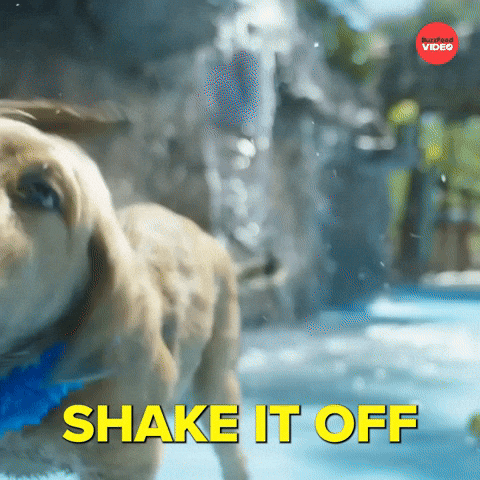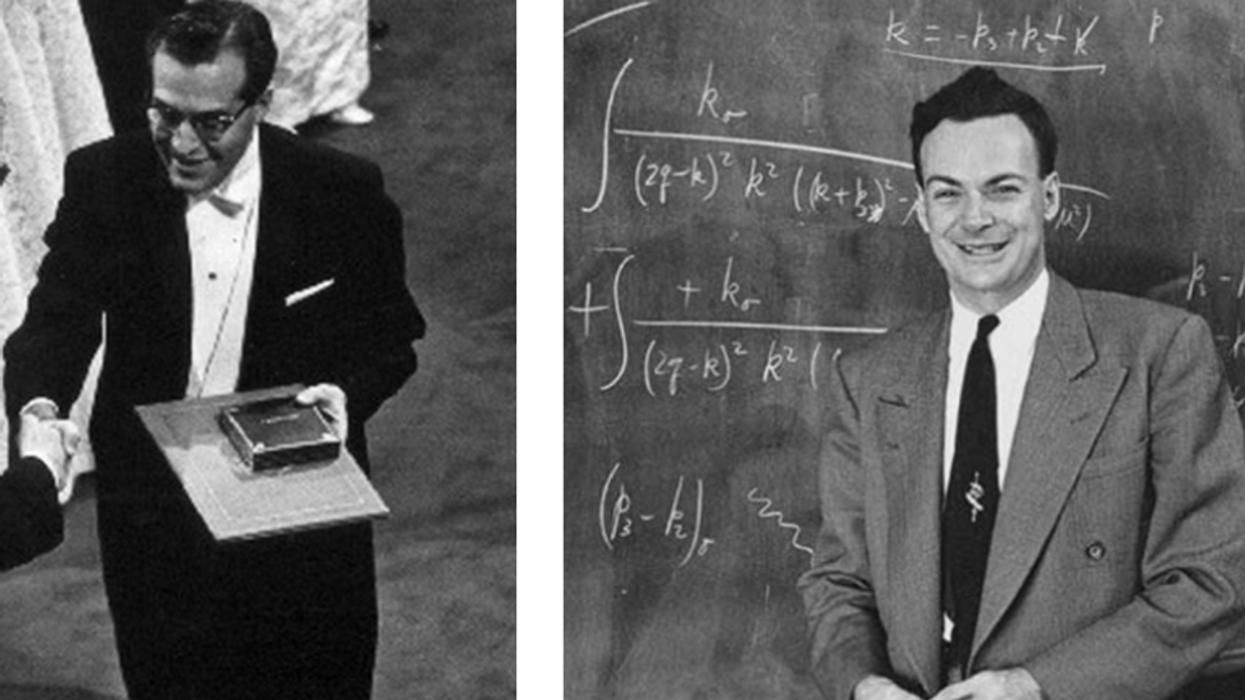The best way to deal with trauma goes through cycles in terms of treatment options. Some folks think we need to just power through it and “toughen up” after seeing story after story of folks on social media discussing how their trauma has impacted their lives. Others turn to talk therapy and psychological techniques to process their trauma, but with many still struggling and dealing with it, looking and not finding the thing that can properly kick it to the curb.
The thing is, the trauma might not just be trapped in your brain, but your body, too. The solution might not be an oral medication or a brain exercise, but a natural process. The key to unlocking this modern problem could come from a doctor in the 1970s. If you’re going through trauma and talk therapy isn’t cutting it, somatic therapy might be what you need.
A post on X has been going viral discussing Dr. Peter Levine and somatic therapy. Dr. Levine was studying wild animals and asked: How do wild animals process their trauma? On the surface, one can wonder why no one had looked into this before? After all, humans are animals themselves, and by modern day standards wild creatures tend to experience more threats and trauma than we do. Unless you’re Tarzan, most of us don’t go through day to day risking your life for food or becoming food for some other animal. So how do these animals process a near death experience, moments of high panic, or pain?
Levine noticed that after surviving a traumatic event, mammals in the wild convulsed, literally shaking and shivering in place, then a period of deep breathing before getting up and going about their day. These animals saw their trauma as a physical problem rather than just a mental one. They processed trauma as a part of the mind and the body.
Upon this observation, Levine believed that the stress, anxiety, and trauma built up in the body in the nervous system. This is what causes these animals to literally freeze and humans to “freeze” when experiencing post-traumatic stress. He thought that trauma was best processed and treated from the “bottom-up,” treating the reptilian fight-or-flight-or-freeze survival section of the human brain and the body so that the mammalian and neo-cortex section can follow through. This is how he developed his version of somatic therapy, which he dubbed somatic experiencing.
@peter.a.levine Breath your way out of trauma. The vagus nerve plays a crucial role in the theory and practice of Somatic Experiencing, a therapeutic approach developed by Dr. Peter Levine for treating trauma. Try this one simple exercise with Peter and Deepak to calm yourself and start healing from the past. #BreathWork #SomaticExperiencing #TraumaRecovery #VagusNerve #MindBodySpirit #HealingJourney #PeterLevine #DeepakChopra #MentalHealthAwareness #SelfHealing #TraumaTherapy #EmotionalWellness #HolisticHealth #MindfulnessPractice #CalmYourMind #StressRelief #HealFromThePast #TherapeuticBreathing #MentalHealthMatters #InnerPeace
Current somatic experiencing (SE) practices typically involve a practitioner helping a patient allow their body to tremble to let the pent up stress and energy go when recalling a traumatic event. Many people who commit to this practice allows people to address their past trauma and literally “shake it off” then recenter themselves to the safe, comfortable present. This holistic approach has been used to aid people suffering from trauma, anxiety, grief, chronic pain, and even sexual dysfunction.
- YouTubeyoutu.be
If you’re dealing with trauma, it’s best to seek professional counsel. If you don’t believe talk therapy is working, ask your treatment team to see if somatic experiencing could help you. Skepticism is understandable, but if your trauma has become a recurring stumbling block in your life, it might be worth exploring options to attack the issue through mind, body, and spirit to achieve relief and move forward.























 Ladder leads out of darkness.Photo credit
Ladder leads out of darkness.Photo credit  Woman's reflection in shadow.Photo credit
Woman's reflection in shadow.Photo credit  Young woman frazzled.Photo credit
Young woman frazzled.Photo credit 

